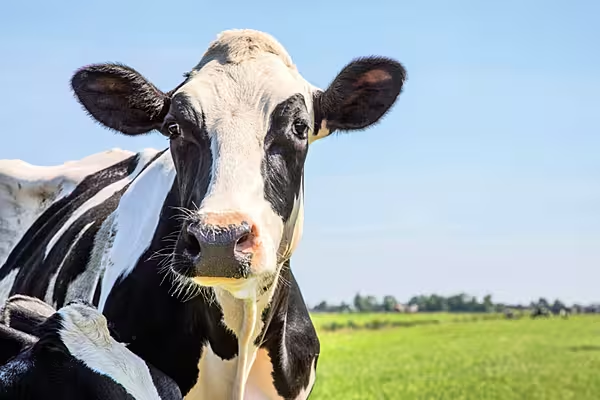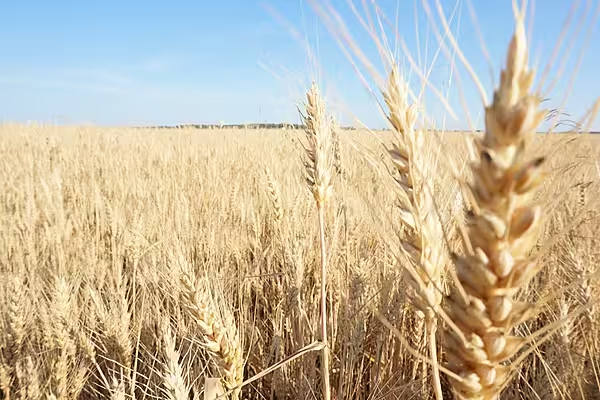The dairy industry has always faced market fluctuations, however, an investigation by China could upend the European dairy sector considerably. Nick Peksa reports. This article first appeared in ESM's September/October edition.
This summer, Harry (my ten-year-old son) and I cycled across Britain. Our 2,406-mile odyssey involved days of navigating through some of the remotest farmlands in England and Scotland.
To pass the time, we began learning about the different species of cows found in the UK, from the high-yielding Ayrshires to the iconic Holsteins, with their distinctive black-and-white markings, to the tourist’s favourite – the iconic Highland cow. As we pedalled through the quiet lanes and picturesque countryside, it became clear that each breed plays a role in shaping its local environment.
This led me to think that an overview of the global dairy market would be a timely topic for this month’s Buyer’s Brief.
The EU Dairy Situation – Milk
In 2024, EU milk production remained relatively stable, although it appears that profitability has been declining, mainly due to rising production costs and lower farm gate prices. Reducing margins and other economic pressures have made many farmers take the hard decision to reduce their herd sizes.
Spring conditions were favourable in much of Europe, improving pasture availability, though excessive rainfall in some regions, particularly in Ireland, hindered grazing.
Even with a reduced herd, increases in yields produced a temporary rise in milk deliveries in the early part of 2024, although it is believed that there will be further reductions in the milking herd towards the end of the year.
Butter
The EU butter market in 2024 is facing acute supply shortages due to a convergence of factors. EU butter prices have increased by 33% since the start of the year due to several supply constraints, including reduced milk fat output, strong cheese demand, and rising cream prices. A recent outbreak of Bluetongue disease has further impacted milk production, which, in turn, has pushed butter prices up to unsustainable levels.
Butter production in the EU is projected to decline by over 1% over the course of 2024, with leading producers like Germany, France and the Netherlands expecting significant reductions. As an adaptive strategy, some dairy processors are prioritising cheese production over milk products, thanks to the higher returns that can be achieved.
Milk Powders
This year, the fortunes of EU milk powder are mixed. Whole Milk Powder (WMP) prices have been supported by the rising cost of butterfat and boosted by growing demand from developing markets.
At the same time, Skim Milk Powder (SMP) has experienced a weaker demand, exacerbated by an abundant supply from New Zealand. In the EU, SMP production is expected to decline, as processors again focus more on cheese, due to higher returns.
Cheese
EU cheese production is forecast to increase by nearly 1% in 2024, driven by robust domestic consumption and steady export demand. Leading producers, including Germany, France and Italy, continue to dominate the market.
EU cheese exports are also projected to rise, particularly to key markets such as the UK and the US, where demand for premium hard cheeses like Grana Padano is strong.
China – A Global Consumer
China’s dairy industry is undergoing significant changes that are expected to affect global dairy prices. An oversupply of dairy in China, alongside China’s declining birth rate, has already caused a drop in demand for milk powder and infant formula.
Although China has expanded its domestic milk production in recent years, rising costs are slowing output – a trend also seen in other major dairy-producing regions. This decline in global milk production will tighten milk supplies, and this could potentially exert additional price pressures on the global dairy industry.
Potential Threats
China’s decision to launch an anti-dumping investigation into European dairy products marks a significant escalation in its trade dispute with the EU. This move follows the EU’s imposition of additional tariffs on Chinese electric vehicle imports, which Beijing had strongly opposed.
The probe focuses on allegations that European dairy products, including creams and cheeses, have benefitted from EU subsidies, which Chinese dairy industry bodies claim have distorted competition.
China’s retaliation could have a substantial impact on global dairy prices. The EU is a major exporter of dairy to China, accounting for around 9.5% of its total dairy exports, valued at approximately €1.8 billion last year.
Key European dairy producers like Germany, France and Ireland could face significant disruptions, which would be a severe blow to farmers already facing low prices, high input costs, and adverse weather conditions.
The potential fallout extends beyond Europe and China. If European exports are restricted, it could lead to a surplus in global dairy markets, driving prices down. Simultaneously, dairy-importing nations could face price volatility if China redirects its imports to other markets, potentially reducing competition and causing fluctuations in supply and demand.
Ending Thoughts
As for our own trip through the dairy pastures of the UK, after 54 days and over 2,400 miles of cycling across Britain, Harry and I completed an unforgettable journey filled with challenges, triumphs, and profound connections with the people we met. He did it all to raise money for wildlife. If you would like to congratulate him, you can do so at gofund.me/470a1f41.














